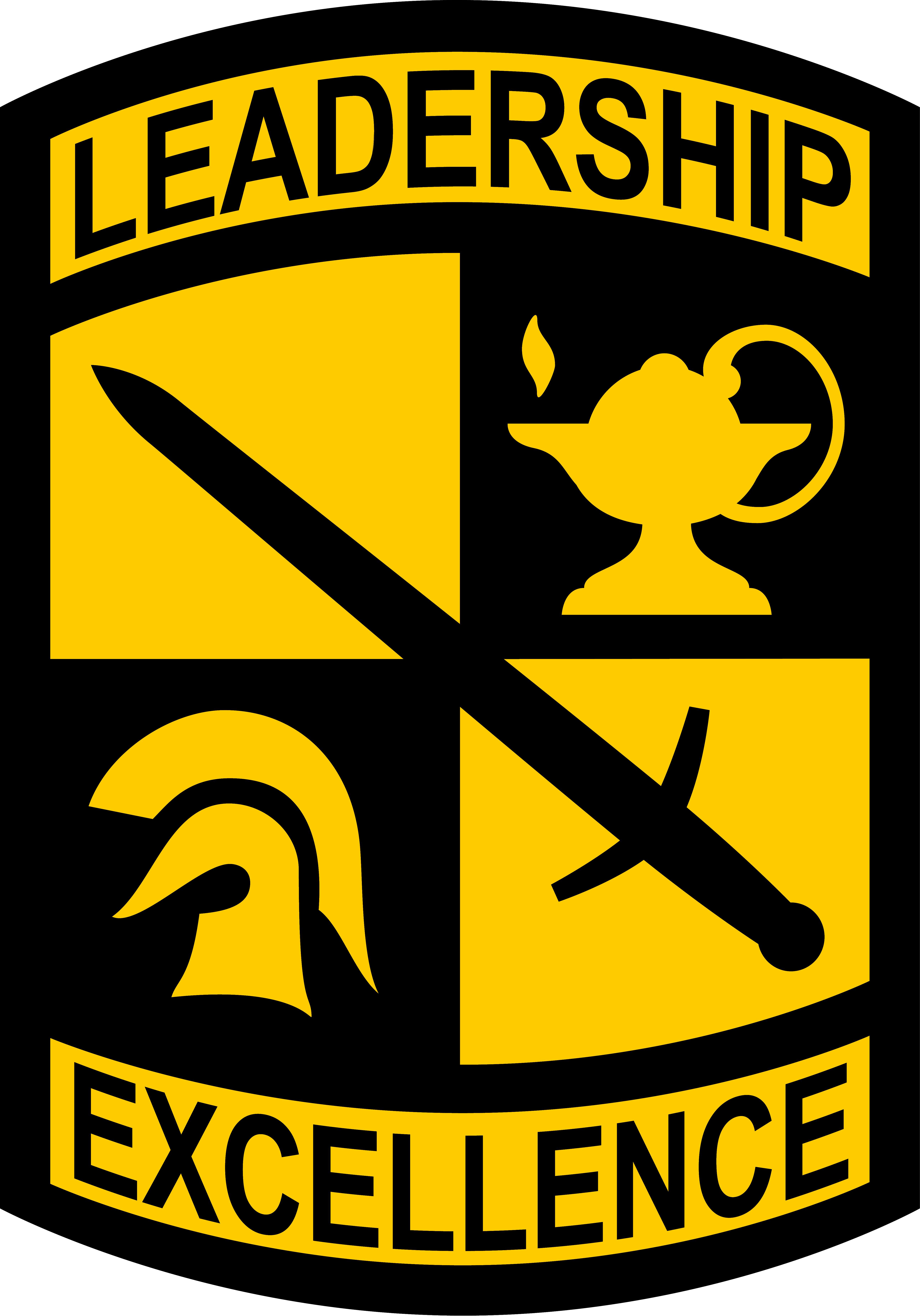What is Basic Camp?
Army ROTC Basic Camp is a 30-day training event designed to introduce Cadets to the Army. The objective is to develop Cadet leadership skills, train them on individual and junior leader tasks, develop and reinforce the Warrior Ethos, and our Army Values. Basic Camp provides the critical thinking skills necessary to succeed in ROTC, and the Army. Cadets graduate Basic Camp prepared to lead at the team, 3-4 Cadets, and squad, 9-13 Cadets, level.
Basic Camp’s primary target audience are Lateral Entry Cadets and freshman Cadets in the two-year early commissioning program (ECP). Lateral Entry Cadets typically decide to join ROTC in their sophomore year of college. They attend Basic Camp to learn what normal-progression Cadets learned in their first two years of military science (MS) classes. Basic Camp allows MS II Cadets to gain squad leader experience providing opportunities for some MS III (rising senior) Cadets to fulfill roles as platoon-level leaders. Basic Camp consists of nearly three regiments composed of approximately 1,200 Cadets.
Cadets are taught to conduct troop leading procedures (TLPs) to plan and execute tactical missions at the squad level. As Cadets gain experience and confidence through the training, they apply lessons learned from the after-action review (AAR) process.
Basic Camp is divided into five phases:
Phase I (Reception)
Consists of in-processing, physicals, equipment issue, introduction to drill and ceremony, physical training, and drill sergeants. Phase I is the first five days of Basic Camp.
Phase II (Indoctrination)
Focuses on general team building, which includes briefs on duty position roles and responsibilities, Army history, and physical fitness. Cadets continue with physical training to complete their first Army Combat Fitness Test (ACFT), a 4-mile foot march, and refine their advanced drill and ceremony. Phase II covers the next five days of Basic Camp.
Phase III (Individual Task Development)
Phase IV (Tactical Field Training)
Phase V (Recovery)
Below are some basic Camp Highlights:
Confidence Training
This includes rappel training, the Slide For Life, Log Walk/Rope Drop, and confidence and obstacle courses. Confidence Training is designed to challenge the Cadets’ physical courage, build confidence in personal abilities, and help them overcome fear. At the rappelling site, each Cadet executes one 17-foot rappel and several 37-foot rappels. Cadets demonstrate confidence in their ability to overcome fear of heights by executing the Confidence/Obstacle Course, Log Walk/Rope Drop and Slide For Life.
Basic Rifle Marksmanship/Live Fire (BRM/LFX)
The Basic Rifle Marksmanship (BRM) training familiarizes Cadets with select US weapons, capabilities and employment techniques. Cadets receive training in order to conduct zero/qualification with the M4/M16A2 rifle, to gain confidence in their assigned weapon and in their training by engaging targets on the range. After a Cadet has qualified on his or her assigned weapon, upon completion of all BRM training. Cadets are prepared for future collective training and have confidence in their weapon systems.
Chemical, Biological, Radiological & Nuclear (CBRN)
Cadets are trained on CBRN tasks to develop confidence in the U.S. Army’s protective mask and chemical protective clothing. Cadets learn to correctly wear, operate and build confidence in their CBRN clothing and equipment. Cadets will gain an understanding of the leadership challenges and constraints associated with operating in a CBRN environment. The culminating experience at CBRN is exposure to the effects of live tear gas in the CBRN gas chamber.
Outcomes for Basic Camp include:
- Using troop leading procedures to plan and execute tactical missions at the squad level within a platoon construct.
- Applying the fundamentals of team development and team dynamics.
- Understanding, embracing, and demonstrating Warrior Ethos and the Army Values.
Useful Information:
|
Ceremonies & Special Events:
Phone: (502) 624-2804 Email: usarmy.knox.usacc.mbx.cst-vb CST Links:Follow all the action during Cadet Summer Training (CST) from these links below.Fort Knox Information:Mailing Address:If you wish to write to your Cadet while he or she is at Fort Knox, please use the following mailing address: RANK, FULL NAME UNIT Advanced Camp REG/CO/PLTN* 24 RHINELAND ST FORT KNOX, KY 40121-3031 *Example 4/A/3—means 4th REGT, A Company, 3rd Platoon. |

